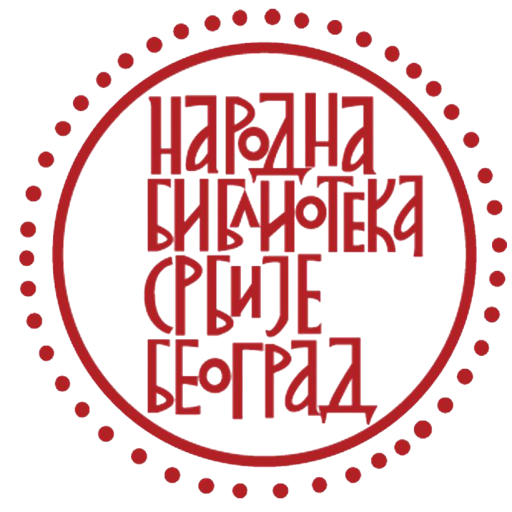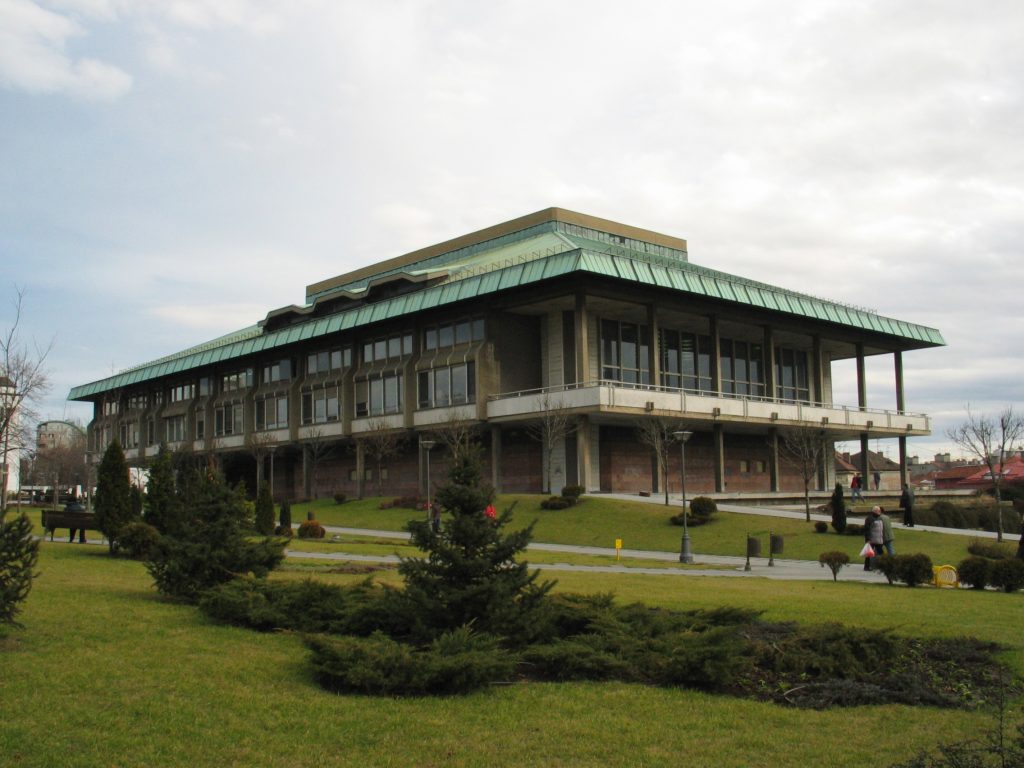Established in 1832, the National Library stands as Serbia’s oldest cultural institution. Initially conceived as a unique repository for books, it evolved through various phases, beginning with its association with other institutions (Typographic Library of the Principality and Library of the Ministry of Education). Over time, it absorbed several state libraries and acquired some private collections, including those of Lukijan Mušicki and Josif Schlesinger, eventually transforming into a national institution.
By 1845, the Library boasted 1,421 titles across 2,283 volumes and possessed an author catalogue compiled by Dr Milovan Spasić. A prince’s decree from 1853 introduced the title of “state librarian”, which was an equally distinguished role as a professorship in the highest educational institution in the country. Đura Daničić solidified the Library’s status as a national institution by defining the national procurement policy and laying the groundwork for the ongoing national bibliography.
Stojan Novaković, the Library’s first legislator, played an important role in the establishment of the legal deposit practice through the Printing Law of 1870. In addition, the Library became independent from the Ministry of Education and Church Affairs and initiated its publishing production. Several laws were enacted until 1901, including the Law on the Serbian Royal Academy of Sciences, which put the Academy in charge of supervising the Library’s work, and the Law on the National Library defining the Library’s responsibilities in supporting scientific advancements, facilitating education and curating the Serbian bibliography. During this period, the Library also adopted its first Regulations on Internal Organisation and Operation.
World War I presented significant challenges as the Library suffered considerable losses during bombardments, leading to the destruction of valuable holdings. Surviving collections were dispersed across Belgrade, Niš, Kosovska Mitrovica and even Sofia, though the materials were later returned. Unfortunately, numerous manuscripts, books and newspapers were lost.
In 1919, the Printing Law and new Law on the National Library acknowledged its status as the central state library, granting it the right to receive legal deposit copies from the entire Kingdom of Serbs, Croats and Slovenes. This period also saw the inception of the Yugoslav Current Bibliography in 1928 and the adoption of internationally formatted catalogue cards in 1938, along with the launch of the Library’s journal, Glasnik Narodne biblioteke, in 1940.
The Library faced devastation during the onset of World War II when Belgrade was bombed. This catastrophic event resulted in the loss of a significant portion of its collections, including catalogues and inventories. Efforts to replace the lost materials began during the war and intensified afterwards.
After the war, the Library adopted structured catalogues, including an Author Catalogue (1947) and a Subject Catalogue (1948). In 1953, the Library Centre was founded, later evolving into the Department for the Advancement of Librarianship. The Bibliographic Department was established in 1960, aiming to compile a Serbian retrospective bibliography. Concurrently, the Archaeography Department emerged, focusing on registering, describing and reconstructing the South Slavic Cyrillic manuscripts. Additionally, this period witnessed the establishment of a Conservation Laboratory, dedicated to protecting the library materials from decay and conducting scientific experiments on books and paper.
The 1965 Law on Serbian Libraries assigned the National Library a special role as the country’s central library.
On 6 April 1973, upon marking the commemoration of its bombing disaster, the Library inaugurated its new building, which has remained its home to this day. The subsequent year witnessed the inception of the Universal Decimal Classification (UDC) Catalogue, followed by the creation of the Central Catalogue of Serbia and the establishment of the Centre for Scientific Information. In 1976, the Library adopted new cataloguing rules and transitioned to the updated International Standard for Bibliographic Description (ISBD). Preparations were underway for the implementation of automated data processing systems.
In 1987, the Library began cataloguing publications before their release by creating CIP (Cataloguing in Publication) records for monographs, encompassing a substantial number of domestic publications.
The Electronic Catalogue of the National Library of Serbia was launched in 1989, leading to the discontinuation of card catalogues in 1991, as the e-Catalogue covered all newly acquired materials.
In 1996, the Library acquired a local computer network, gaining access to the internet and establishing its first website.
Post-2000, the Library made significant strides globally, with the Centre for International Cooperation assuming a more prominent role. Simultaneously, the Centre for Scientific Information spearheaded the establishment of the Consortium of Serbian Libraries for Unified Acquisition (KOBSON), enabling access to extensive electronic journal databases with over 6,000 titles. Numerous new initiatives were launched. The Virtual Library of Serbia (VBS), which unified the electronic catalogues of Serbian libraries into a shared electronic catalogue, was also founded.


